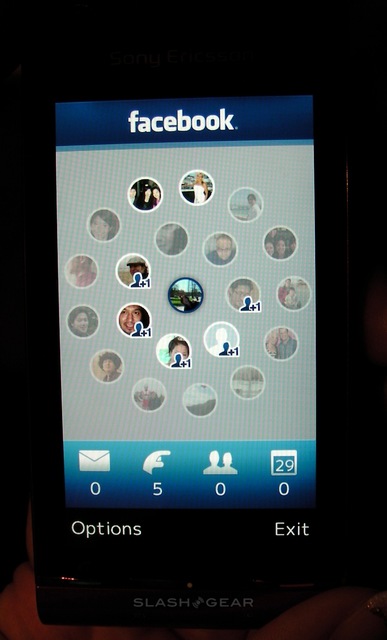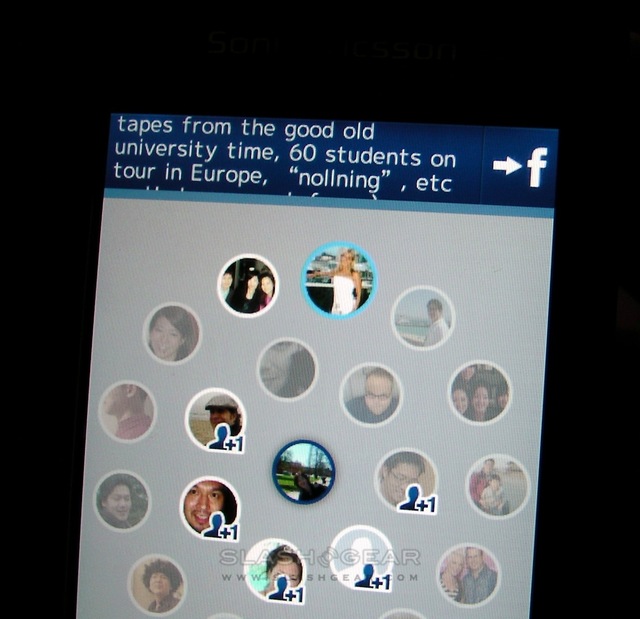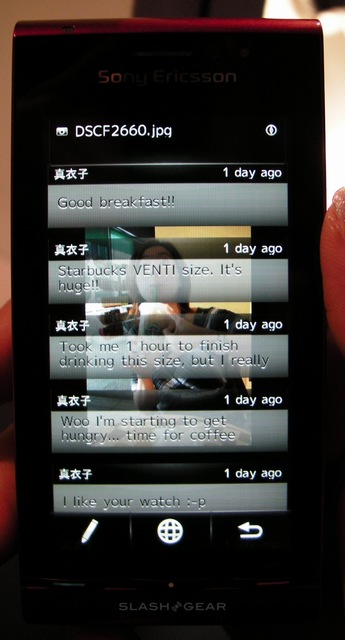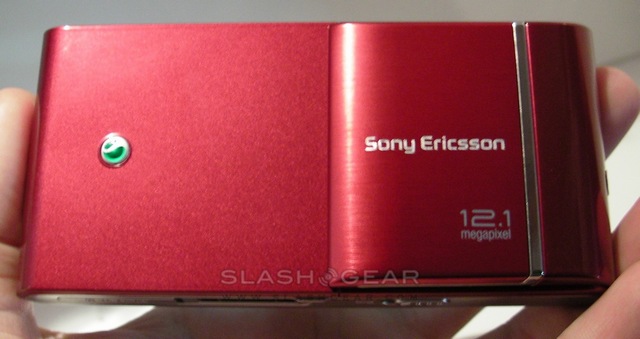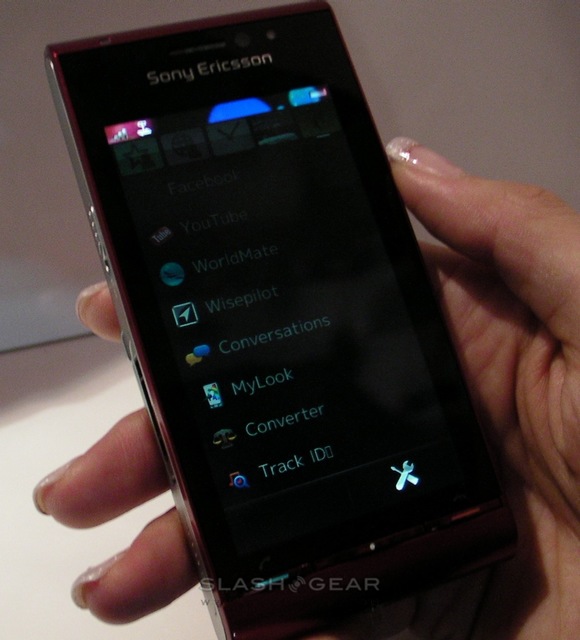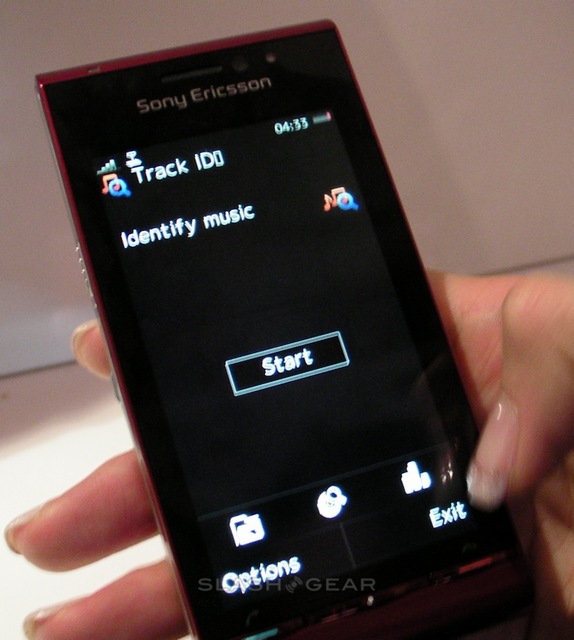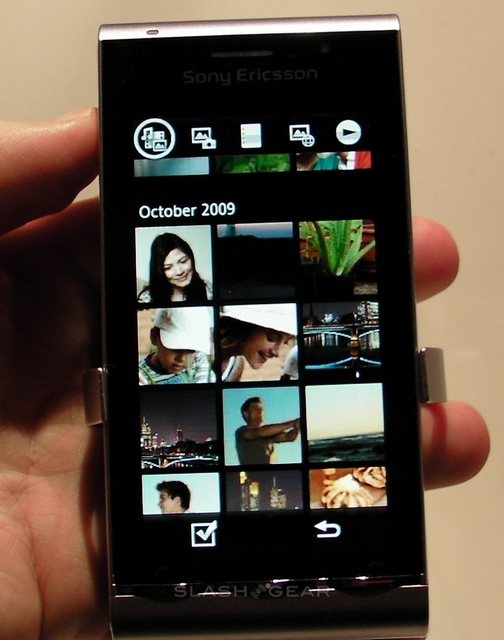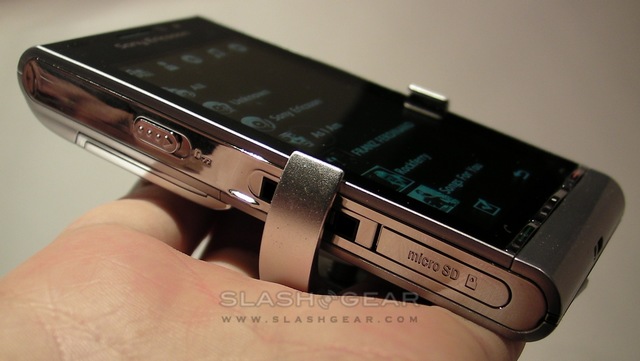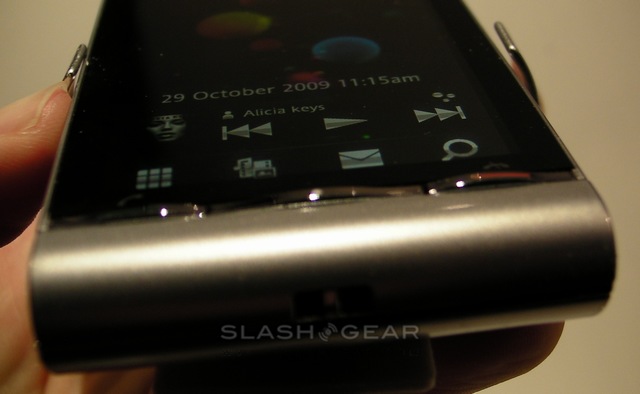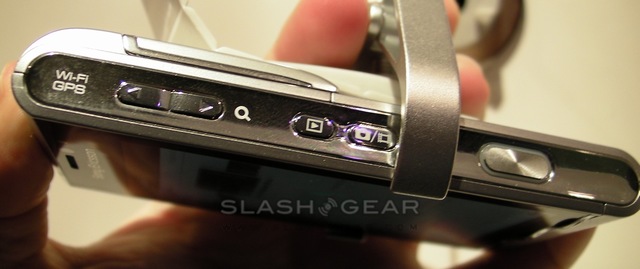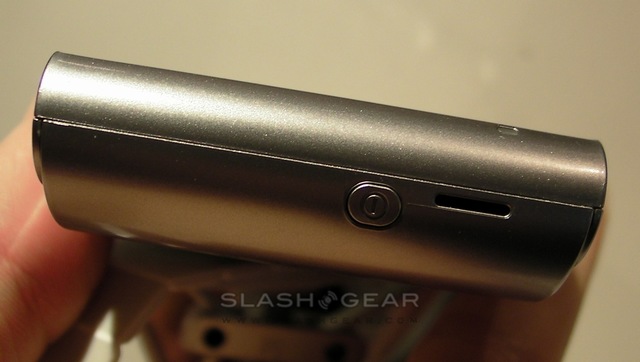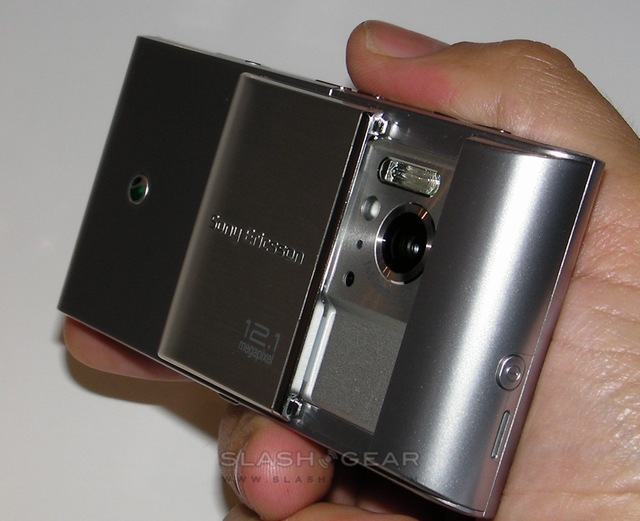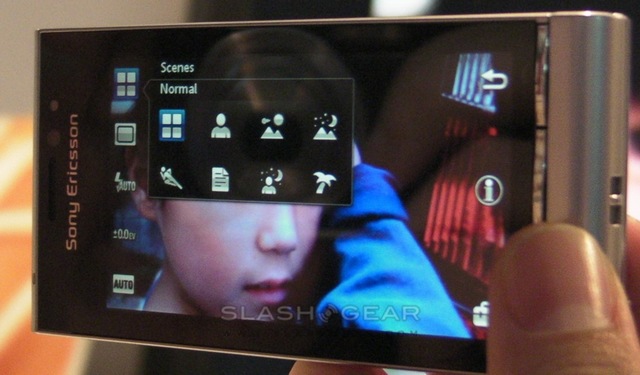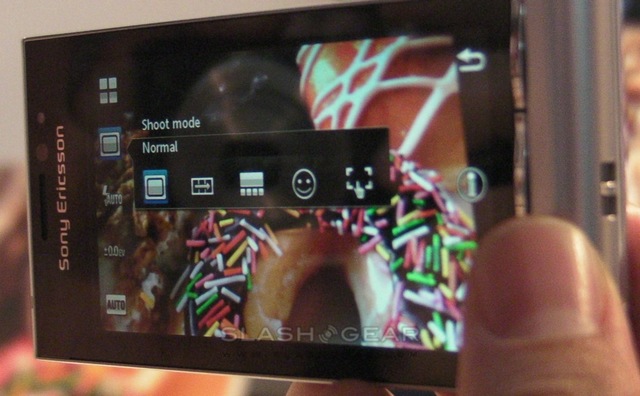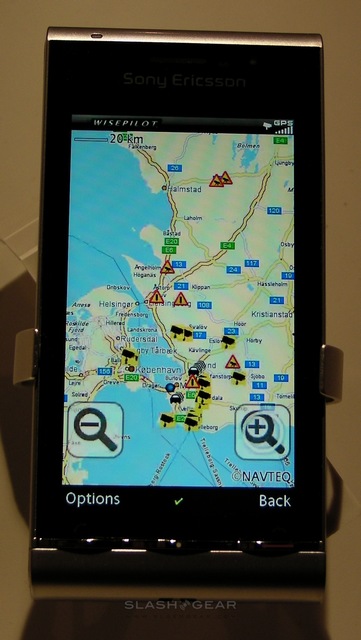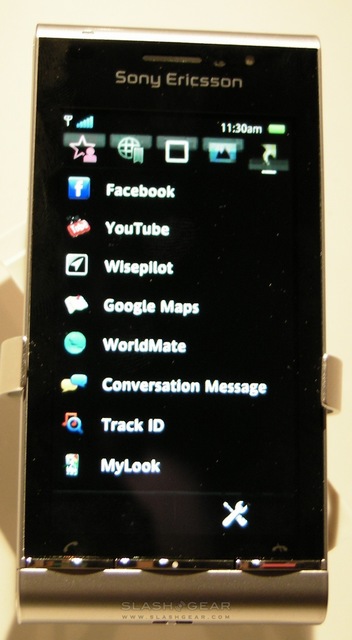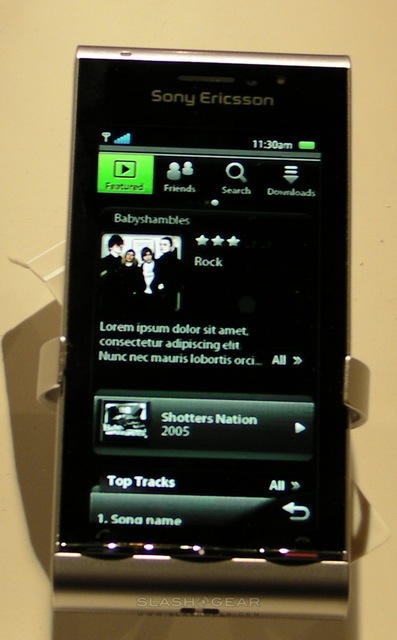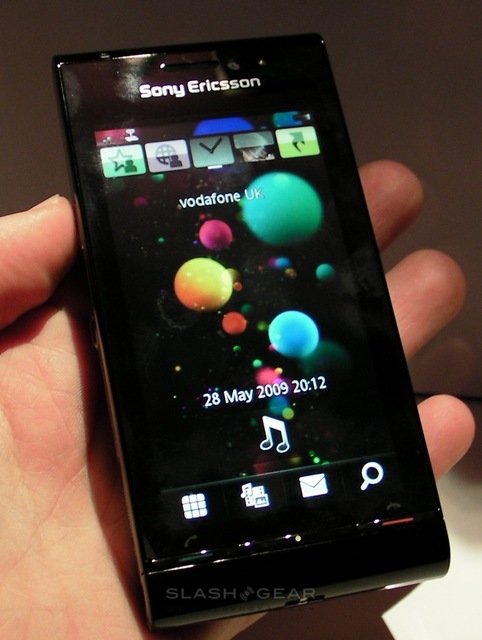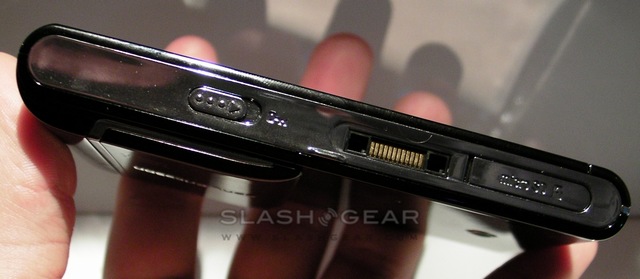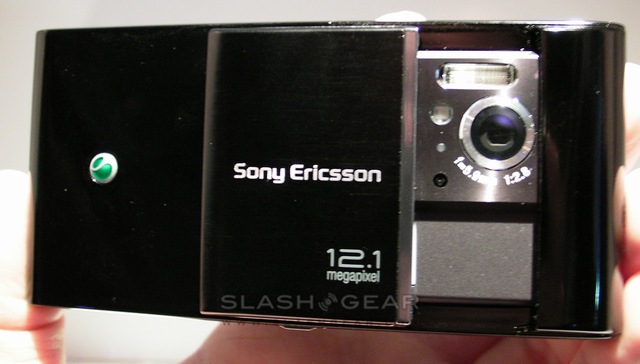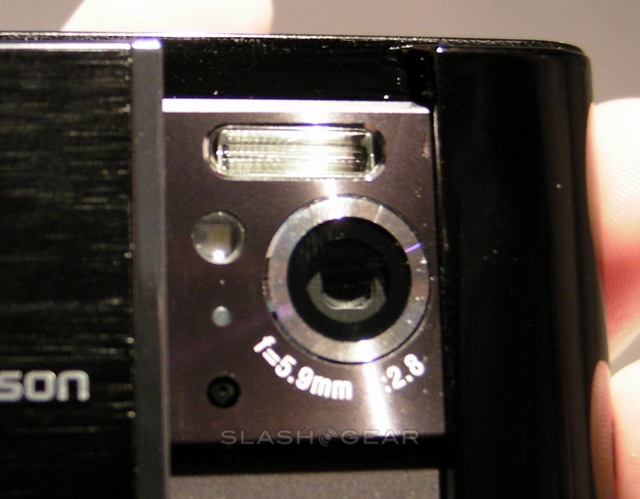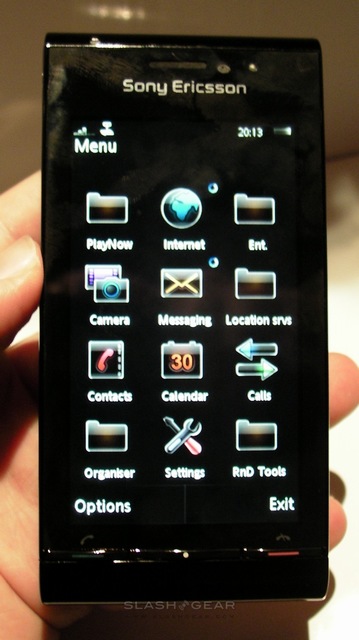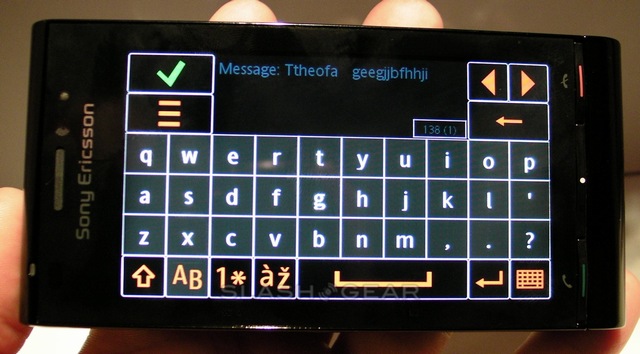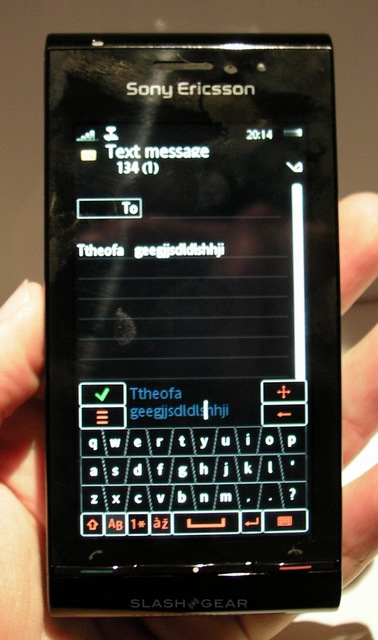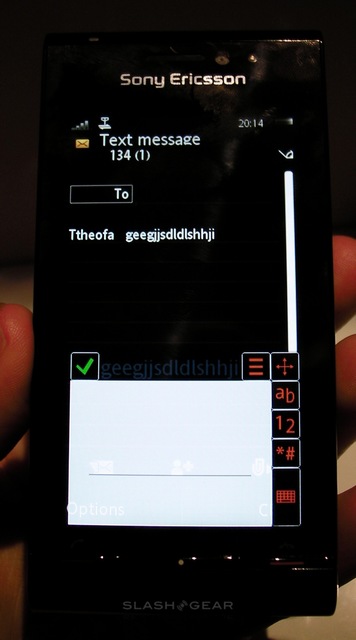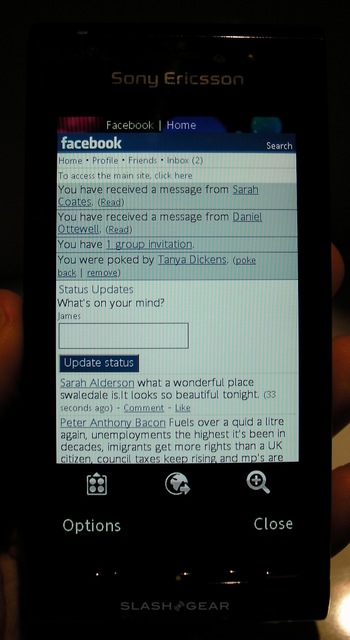Sony Ericsson Satio Hands-On [Video]
Sony Ericsson's Satio has seen a few changes since its last MWC appearance (as the Idou), most of which have taken place on the inside. Running the latest version of Symbian S60, complete with UI fettling from Sony Ericsson themselves, it's now a harmonious and consistent OS with no glaring leftovers of its non-touchscreen past.Video demo and full SE Satio gallery after the cut
While the touchscreen may be resistive, rather than the currently fashionable capacitive, that doesn't prove too much of drawback. The screen requires a firm tap, harder than we first expected, but once you're used to that it's generally responsive. One of the demo units we tried suffered ongoing slow-downs, but others were snappier and showed no such issues; we'll blame that on pre-production gremlins.
The QWERTY keyboard uses large, chunky buttons, but still presented one of the Sony Ericsson demo staff some trouble. Tapping in Facebook login details took longer than you'd expect, and we reckon the keys could do with haptic feedback. It's unclear whether that will be offered and was simply turned off (or not coded) on these pre-production models. There's also a handwriting recognition mode, though there's no internal stylus, only a lanyard one similar to that supplied with the Nokia 5800 XpressMusic.
As with the Yari and Aino, Sony Ericsson are stressing their blending of entertainment and communication. Preloading their "bubbles" Facebook client – as seen on the XPERIA X1 – is one such attempt at that, while new on the Satio is improved Picasa integration. The Satio will show images uploaded to a Picasa account and then overlay any comments for that image on top; you can reply to comments directly from the photo viewer app itself. As Sony Ericsson said, it's not exactly new technology for a mobile device, but it's a new way of presenting it that cuts down on a lot of unnecessary navigation.
Sony Ericsson themselves admit that the Satio isn't finished yet, but, with a quarter still to run until it's expected to hit the market, they have plenty of time to polish out the flaws. The OS as a whole will hopefully be less prone to sluggishness, and we'd hope to see some haptic feedback on what's otherwise a relatively finger-friendly on-screen QWERTY keyboard.
[vms 524afda05122893c2fe8]

